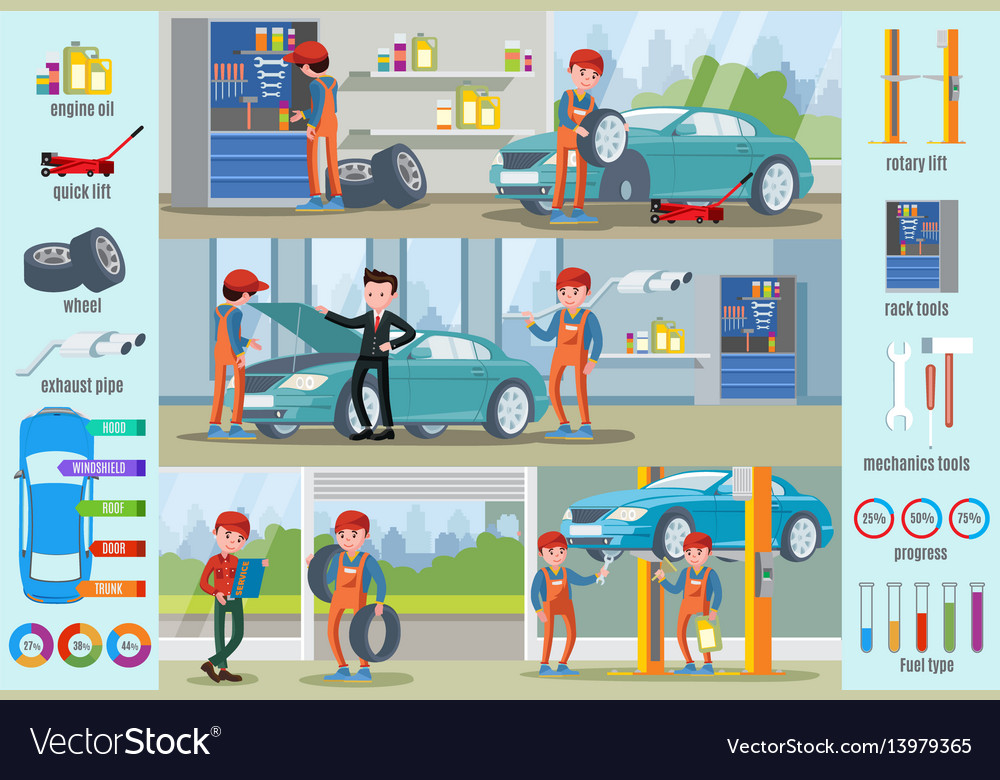Unraveling Real Definition Behind Your Vehicle'S Caution Lighting
Unraveling Real Definition Behind Your Vehicle'S Caution Lighting
Blog Article
Material Writer-Hernandez Ferguson
When you're behind the wheel, those beautiful warning lights on your dashboard can be a little bit perplexing. Do you recognize what they're attempting to inform you concerning your automobile's health and wellness? Understanding the value of these lights is essential for your safety and the long life of your car. So, the following time one of those lights appears, wouldn't you want to decode its message precisely and take the required steps to address it?
Common Warning Lighting and Interpretations
Recognize usual warning lights in your vehicle and comprehend their meanings to guarantee risk-free driving.
The most typical caution lights include the check engine light, which signifies problems with the engine or exhausts system. If https://www.prnewswire.com/news-releases/next-insurance-now-covers-auto-services--repair-industry-as-company-continues-to-expand-support-for-small-businesses-301473579.html begins, it's critical to have your car inspected quickly.
The oil pressure alerting light shows low oil stress, calling for prompt focus to avoid engine damages.
A flashing battery light could recommend a defective billing system, possibly leaving you stranded if not addressed.
The tire stress tracking system (TPMS) light alerts you to reduced tire stress, impacting car security and gas effectiveness. Overlooking this might bring about unsafe driving problems.
The abdominal muscle light shows a trouble with the anti-lock braking system, compromising your ability to stop swiftly in emergency situations.
Lastly, the coolant temperature level warning light warns of engine getting too hot, which can result in severe damages otherwise fixed swiftly.
Comprehending these usual warning lights will help you deal with problems immediately and preserve risk-free driving problems.
Value of Prompt Attention
Understanding the typical caution lights in your auto is just the very first step; the significance of promptly dealing with these warnings can't be highlighted enough to ensure your security on the road.
When a warning light brightens on your control panel, it's your car's method of connecting a prospective issue that requires attention. Neglecting these cautions can result in more severe troubles down the road, endangering your safety and potentially costing you more in repairs.
Trigger attention to alerting lights can stop break downs and crashes. For example, a flashing check engine light could show a misfire that, if left ignored, might trigger damage to the catalytic converter. Addressing this without delay can conserve you from an expensive repair service.
Likewise, a brake system alerting light could indicate reduced brake fluid or used brake pads, critical components for your safety and security when driving.
DIY Troubleshooting Tips
If you notice a caution light on your dashboard, there are a few do it yourself troubleshooting pointers you can attempt before seeking specialist assistance.
The first step is to consult your cars and truck's guidebook to understand what the particular caution light shows. Sometimes the issue can be as basic as a loose gas cap triggering the check engine light. Tightening up auto window repair may resolve the trouble.
One more usual issue is a reduced battery, which can activate numerous cautioning lights. Checking the battery connections for deterioration and ensuring they're secure could take care of the trouble.
If a caution light lingers, you can try resetting it by detaching the automobile's battery for a couple of minutes and after that reconnecting it. In addition, checking your automobile's fluid degrees, such as oil, coolant, and brake fluid, can assist repair warning lights connected to these systems.
Verdict
Finally, understanding your vehicle's warning lights is vital for keeping your lorry running smoothly and safely. By promptly dealing with these alerts and understanding what they mean, you can avoid costly repair work and prospective malfunctions.
Keep in mind to consult your automobile's manual for particular details on each alerting light and act accordingly to make certain a hassle-free driving experience.
Keep educated, stay secure on the road!
